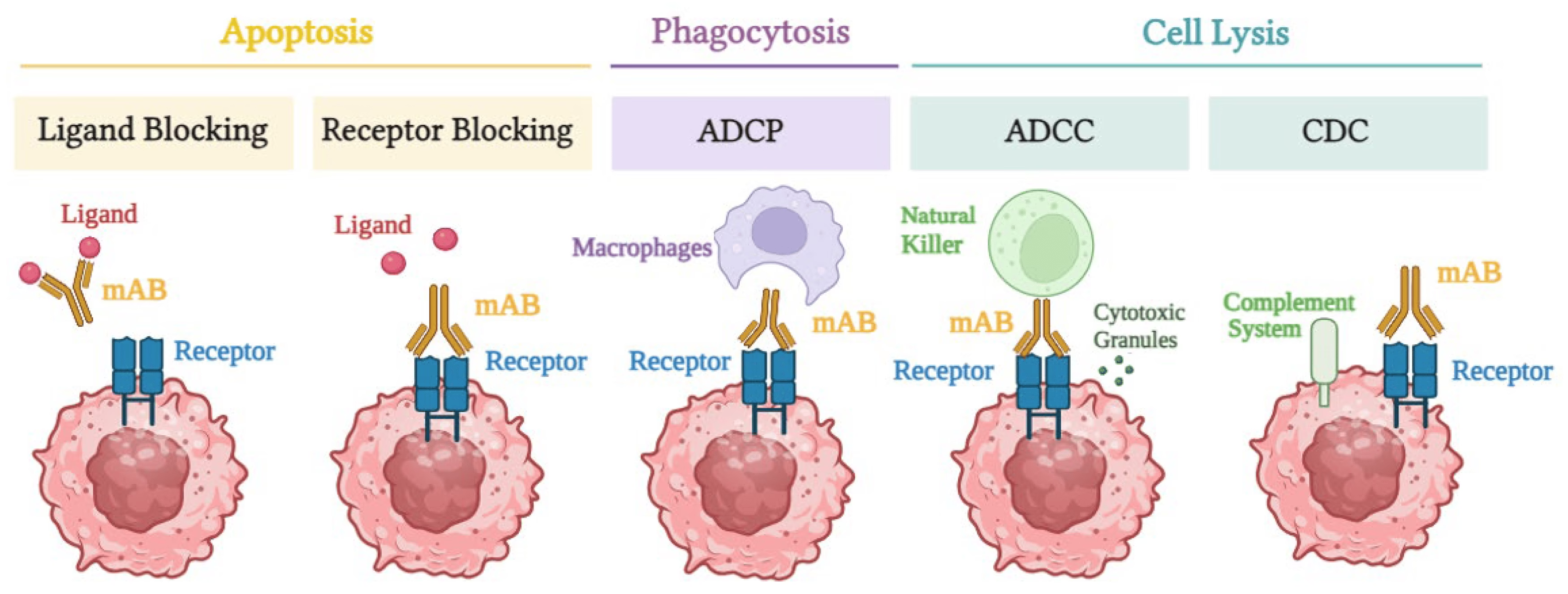The latest EU environmental heart disease report has raised serious concerns about the rising impact of pollution, toxic chemicals, and extreme temperatures on public health. According to the European Environment Agency, one in five deaths from heart disease across Europe could be prevented by addressing key environmental risk factors. This comprehensive report highlights the urgent need for stronger environmental policies, better public awareness, and swift action to reduce harmful exposures that directly influence cardiovascular health.
Heart disease remains the leading cause of death in the European Union, with more than 1.7 million fatalities recorded in 2022. The EU environmental heart disease report reveals that at least 18 percent of these deaths were linked to environmental stressors. These include air pollution, temperature extremes, noise pollution, and exposure to hazardous chemicals. The agency warns that without decisive action, millions of people will continue to suffer from preventable heart-related illnesses.
One of the most striking findings of the report is the devastating impact of fine particulate pollution. Each year, around 130,000 people in Europe die due to prolonged exposure to fine particles. These tiny particles penetrate deep into the lungs, enter the bloodstream, and increase the risk of heart attacks, strokes, and other cardiovascular complications. The EU environmental heart disease report emphasizes that reducing air pollution could substantially lower heart disease rates, especially in urban regions with high traffic congestion and industrial activity.
The report also highlights deaths caused by extreme temperatures. In 2022 alone, around 115,000 deaths were associated with severe cold or heat. With climate change accelerating, Europe is experiencing more frequent heatwaves and unexpected temperature shifts. These fluctuations put immense stress on the cardiovascular system, particularly among older adults and individuals with preexisting health conditions. The EU environmental heart disease report stresses that increasing awareness and preparedness for temperature-related risks can significantly reduce mortality.
Another major concern identified is exposure to toxic chemicals and noise pollution. Chemical pollutants found in consumer products, industrial sites, and contaminated water sources can disrupt bodily functions and increase long-term cardiovascular risk. Similarly, chronic exposure to noise—from traffic, construction, or urban environments—raises stress levels, which contributes to high blood pressure and heart disease. The report urges policymakers to strengthen chemical safety regulations and invest in noise reduction measures across European cities.
Encouragingly, the European Union has made progress in reducing air pollution over the past two decades. According to the agency, deaths from air pollution have dropped by 55 percent since 2005 due to stricter regulations, improved monitoring, and cleaner transportation systems. These improvements demonstrate that effective policies can save lives, and they serve as evidence that the goals outlined in the EU environmental heart disease report are achievable.
The European Union aims to eliminate air pollution by 2030, a goal that requires coordinated action across all member states. Meeting this target will demand better enforcement of emissions standards, cleaner industrial practices, increased investment in renewable energy, and expanded public transportation networks. The EU environmental heart disease report suggests that the combination of stronger regulations and public participation will be key to ensuring a healthier future for Europe’s population.
Beyond environmental improvements, the report draws attention to the economic burden of heart disease. With at least 6 million new cases diagnosed each year, the financial impact on the EU reaches approximately 282 billion euros. This includes healthcare expenses, lost productivity, and long-term treatment costs. Reducing environmental risks would not only save lives but also reduce this massive economic strain.
The agency recommends a multi-layered approach to address these challenges. Public awareness campaigns are essential so that individuals understand how environmental factors contribute to heart disease. Policymakers must continue supporting scientific research to identify emerging risks and refine protective measures. Urban planners should prioritize green spaces, clean transportation, and noise reduction. Together, these efforts can create healthier living environments and improve the quality of life for millions of people across Europe.
The EU environmental heart disease report provides a critical warning: environmental risks are claiming thousands of lives every year, but many of these deaths are preventable. With stronger policies, better public understanding, and collective action, Europe can reduce the burden of heart disease and build a healthier, cleaner future for generations to come.



